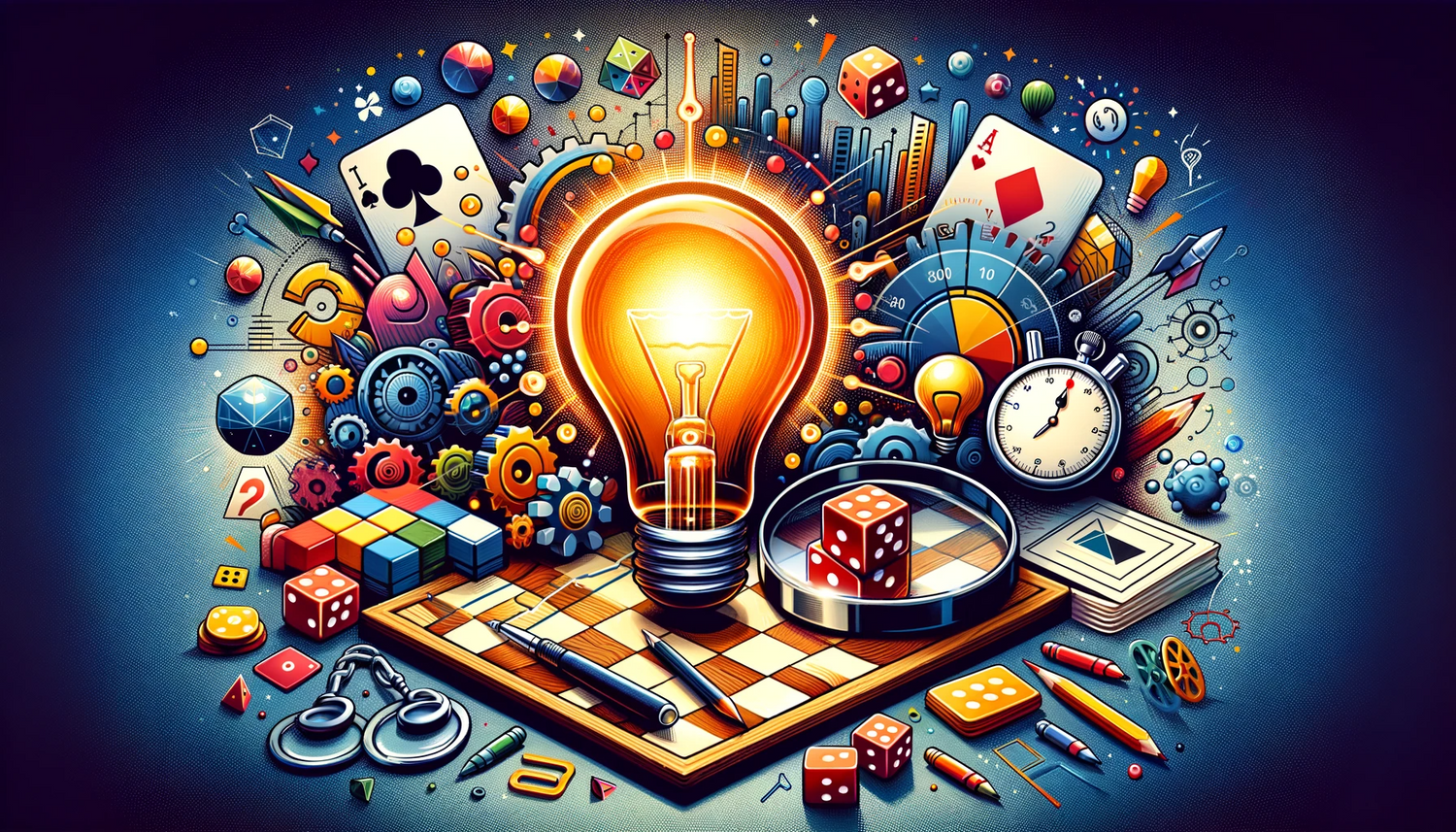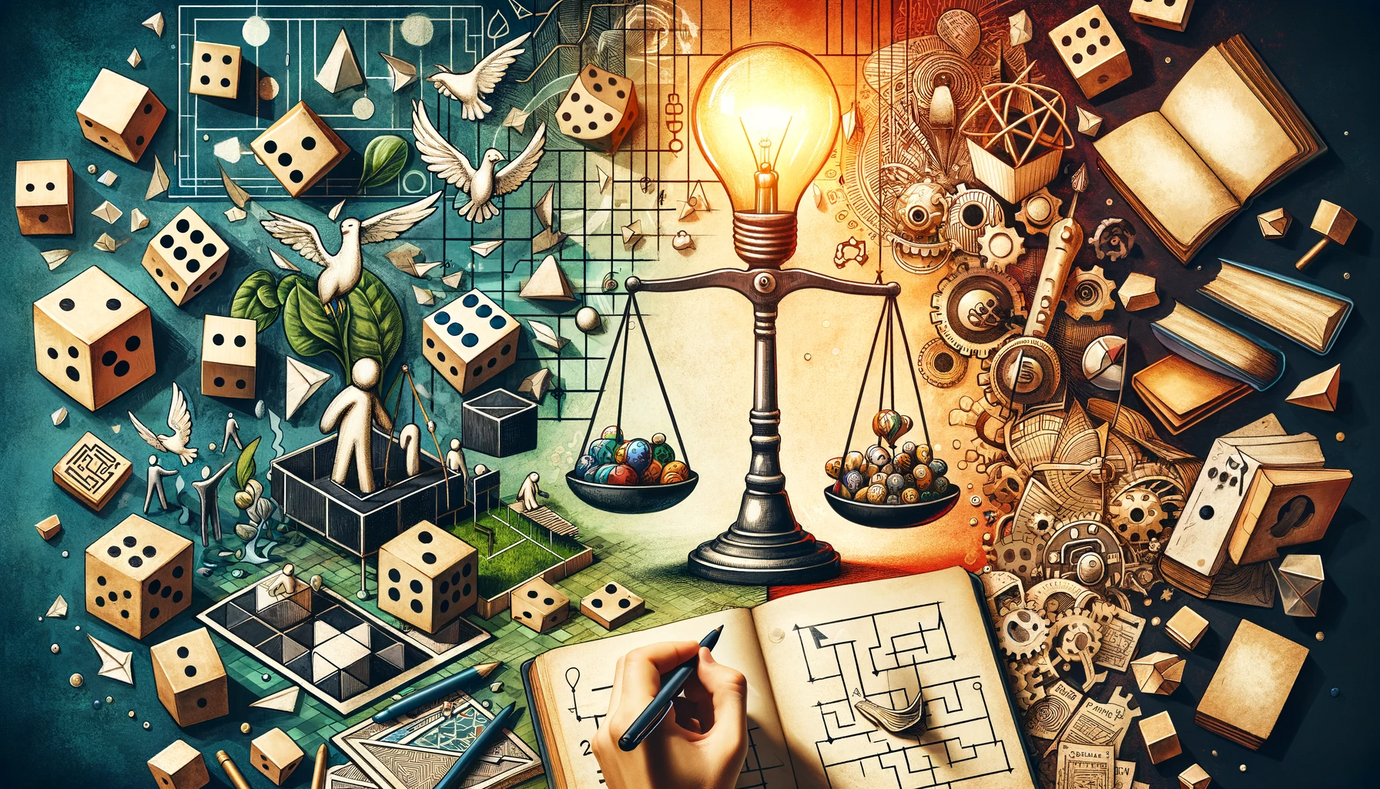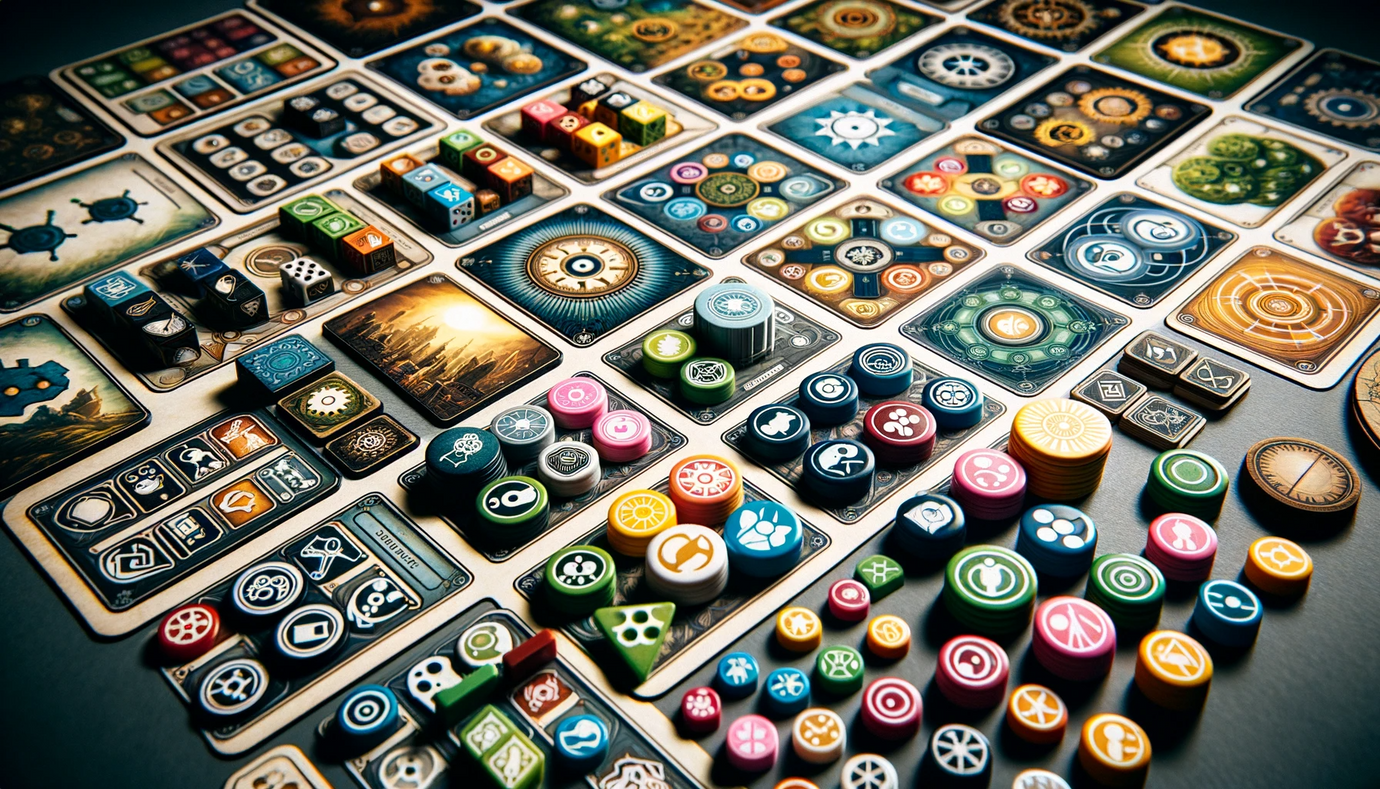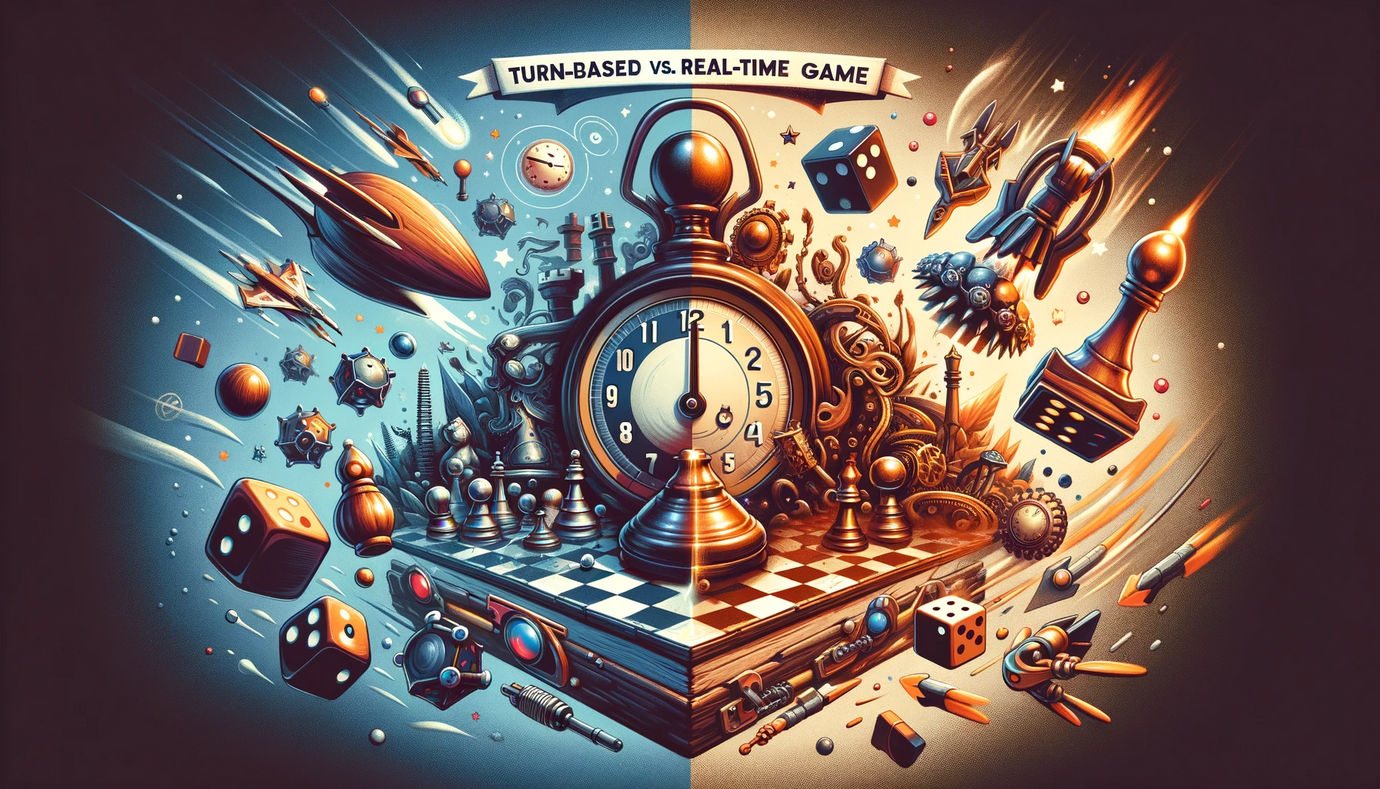Strategies for Efficient Game Design and Development

Introduction
Designing a board or card game can be a thrilling yet challenging journey. It requires a blend of creativity, strategy, and efficiency. In this comprehensive guide, we will explore various strategies to streamline the game design and development process, ensuring that your journey from concept to finished product is as smooth and successful as possible.
Understanding the Game Design Process
Game design is the art of applying design and aesthetics to create a game for entertainment, educational, exercise, or experimental purposes. It involves ideation, development, testing, and refinement of game mechanics, themes, rules, and user experiences.
1. Establish Clear Goals and Objectives
Defining Your Vision: Begin by clearly outlining what you want to achieve with your game. Are you aiming to create a fast-paced family game, a deep strategy game, or something educational? Your objectives will guide every decision you make.
Setting Realistic Targets: Establish realistic timelines and milestones. This includes time for ideation, prototyping, playtesting, adjustments, and production.
2. Efficient Ideation and Concept Development
Brainstorming Techniques: Use structured brainstorming techniques like mind mapping or SCAMPER (Substitute, Combine, Adapt, Modify, Put to another use, Eliminate, Reverse) to generate and refine ideas efficiently.
Inspiration Sources: Actively seek inspiration from various sources — books, movies, history, current events, and other games. This broadens your creative horizon and can lead to unique game concepts.
3. Lean Prototyping
Start Simple: Your first prototype should be basic, focusing on core mechanics. Use simple materials like paper, markers, and tokens.
Iterative Design: Adopt an iterative approach to prototyping. Make changes and improvements gradually based on feedback and testing results.
4. Streamlined Playtesting
Early and Often: Begin playtesting as soon as you have a basic prototype. Early feedback is crucial in identifying issues and potential improvements.
Diverse Testing Groups: Test your game with a variety of players — different ages, gaming experiences, and interests. This provides a broad range of feedback.
Organized Feedback Collection: Develop a systematic way of collecting and analyzing feedback. This might include questionnaires, observation, or structured discussions.
5. Balancing and Refinement
Game Balance: Focus on balancing your game. This includes ensuring that all players have equal opportunities to win and that various strategies are viable.
Mechanic Refinement: Continuously refine mechanics to ensure they are engaging, clear, and contribute positively to the overall game experience.
Rule Clarity: The clarity of your rules is paramount. Unclear rules can lead to confusion and a poor gaming experience.
6. Efficient Use of Resources
Budgeting: Keep track of your budget. Be mindful of costs related to materials, artwork, and production.
Time Management: Manage your time effectively. Allocate specific periods for different stages of development to ensure steady progress.
7. Collaboration and Networking
Seeking Collaborators: Collaborate with others to bring in new perspectives. This can include co-designers, artists, and playtesters.
Community Engagement: Engage with the gaming community. Online forums, local gaming groups, and conventions are great for networking and feedback.
8. Keeping Up with Industry Trends
Market Research: Stay informed about current trends and preferences in the gaming industry. This can inform your design decisions and help you create a game that appeals to contemporary players.
Learning from Others: Study successful games. Analyze what works and consider how these strategies could be adapted or improved upon in your game.
9. Preparing for Production
Finalizing Artwork and Components: Choose artwork and components that enhance the theme and experience of your game. Ensure they are production-ready.
Production Options: Research different production options. This includes self-publishing, working with a publisher, or using platforms like Kickstarter.
10. Flexibility and Adaptability
Be Open to Change: Be prepared to make significant changes if necessary. This might include altering mechanics, theme, or even the overall concept of the game.
Learning from Setbacks: View challenges and setbacks as learning opportunities. Each hurdle is a chance to improve and refine your game.
Efficient game design and development require a balance of creativity, strategic planning, and practicality. By setting clear goals, employing efficient techniques, and being open to feedback and change, you can streamline the process and increase your chances of creating a successful and enjoyable game. Remember, game design is a journey — one that is as rewarding as it is challenging.








